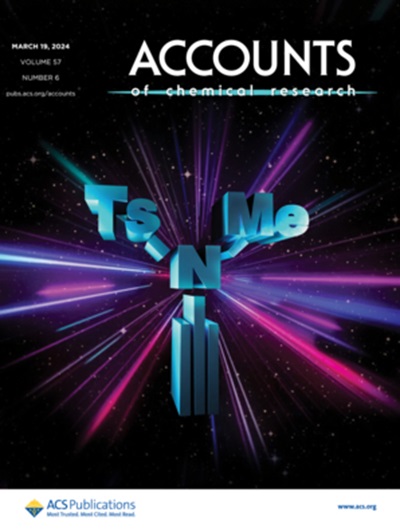Investigation and Optimization of Textured Water-lubricated Journal Bearings Using Multi-objective Optimization
IF 17.7
1区 化学
Q1 CHEMISTRY, MULTIDISCIPLINARY
引用次数: 0
Abstract
Water lubricated bearings can be used to reduce contamination due to lubricant leakage in heavy machinery such as power positioning systems of offshore platforms and ship propulsion systems. The lubrication model of a textured two-dimensional parallel friction pair and a textured water-lubricated journal bearing are developed to investigate the lubrication performance. The governing equation is solved, and the fluid cavitation is analyzed using the Zwart-Gerber-Belamri (ZGB) model. A multi-objective optimization method combining the response surface and Non-dominated Sorting Genetic Algorithm-II (NSGA-II) is used to optimize the textured journal bearings. The results indicate that a small texture width will inhibit the occurrence of liquid film cavitation. With the rise in the texture width, the cavitation effect gradually rises and stabilizes. As the texture depth deepens, the micro dynamic pressure effect is enhanced and liquid film pressure rises. Through the tests, it is found that the optimized texture parameters can be implemented to effectively diminish the friction and wear volume, also the optimized textured bearing hydrodynamic pressure effect is enhanced at the same speed.利用多目标优化研究和优化纹理水润滑关节轴承
水润滑轴承可用于减少近海平台动力定位系统和船舶推进系统等重型机械中因润滑剂泄漏造成的污染。建立了纹理二维平行摩擦副和纹理水润滑轴颈轴承的润滑模型,以研究其润滑性能。利用 Zwart-Gerber-Belamri (ZGB) 模型求解了控制方程并分析了流体气蚀。结合响应曲面和非支配排序遗传算法-II (NSGA-II) 的多目标优化方法用于优化纹理轴颈轴承。结果表明,较小的纹理宽度会抑制液膜气蚀的发生。随着纹理宽度的增加,空化效应逐渐增加并趋于稳定。随着纹理深度的加深,微动压效应增强,液膜压力上升。通过试验发现,优化的纹理参数可有效减小摩擦和磨损量,在相同转速下,优化纹理轴承的流体动力压力效应也得到增强。
本文章由计算机程序翻译,如有差异,请以英文原文为准。
求助全文
约1分钟内获得全文
求助全文
来源期刊

Accounts of Chemical Research
化学-化学综合
CiteScore
31.40
自引率
1.10%
发文量
312
审稿时长
2 months
期刊介绍:
Accounts of Chemical Research presents short, concise and critical articles offering easy-to-read overviews of basic research and applications in all areas of chemistry and biochemistry. These short reviews focus on research from the author’s own laboratory and are designed to teach the reader about a research project. In addition, Accounts of Chemical Research publishes commentaries that give an informed opinion on a current research problem. Special Issues online are devoted to a single topic of unusual activity and significance.
Accounts of Chemical Research replaces the traditional article abstract with an article "Conspectus." These entries synopsize the research affording the reader a closer look at the content and significance of an article. Through this provision of a more detailed description of the article contents, the Conspectus enhances the article's discoverability by search engines and the exposure for the research.
 求助内容:
求助内容: 应助结果提醒方式:
应助结果提醒方式:


